Animot (2022)
Género : Documental
Tiempo de ejecución : 18M
Director : Juliana Moska
Escritor : Lukáš Červený
Sinopsis
The experimental documentary filmed at rescue centres in Prague and Vlašim refuses the anthropocentric perspective and views the world through the eyes of wounded animals. The term Animot was taken over from Jacque Derrida. While the French philosopher and deconstructivist uses the term to refer to everything animalistic and non-human, the film, on the other hand, uses intimate details to point out the proximity between human beings and animals. They are connected by their vulnerability, helplessness and mortality.
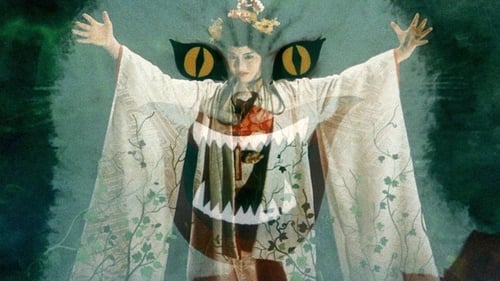
Siete chicas de instituto ven sus vacaciones chafadas cuando su profesor (Kiyohiko Ozaki) tiene que cancelar el viaje que tenía planeado realizar con ellas. Las cosas marchan incluso algo peor para Oshare (Kimiko Ikegami), una de las chicas, ya que recientemente su padre le ha presentado su nueva madastra (Haruko Wanibuchi), lo que no le ha hecho demasiada gracia. Mirando un álbum de fotos, Oshare se encuentra con la foto de boda de su madre a quien se la ve acompañada de su hermana (Yoko Minamida) quien nunca llegó a casarse ya que su prometido murió en la guerra. Oshare se pone en contacto con su tía y ésta la invita a ella y a sus amigas a pasar las vacaciones en su mansión en el campo. Cuando el grupo de chicas se presentan en la mansión, allí las recibe la tía de Oshare en sillas de ruedas y medio ciega. Muy pronto las chicas descubren que la mansión tiene vida propia.

Through the passage of the hours, water evaporates at the same time as signals catch a sight of their previous state. Within this outflowing recording, every light reading is a dedication to a single wandering soul.

A musical horror story about two young women who are stalked through a shopping mall by a cannibal. He follows them home, and here the victims become the aggressors.
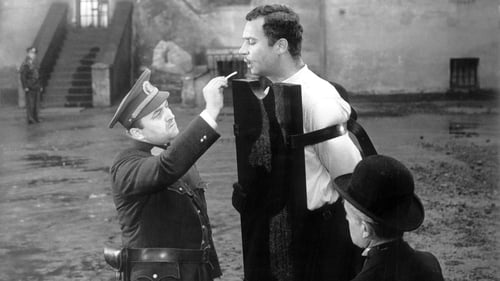
Un hombre se casa con una mujer, y ésta le es infiel. El hombre, por venganza, la asesina, siendo condenado a muerte... Aclamada película checa por su innovador sistema narrativo: todo el film está rodado al revés, comenzando por final y terminando con el principio, e incluso los diálogos están pronunciados a la inversa.
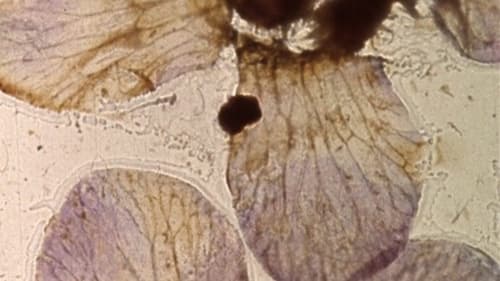
Seemingly at random, the wings and other bits of moths and insects move rapidly across the screen. Most are brown or sepia; up close, we can see patterns within wings, similar to the veins in a leaf. Sometimes the images look like paper cutouts, like Matisse. Green objects occasionally appear. Most wings are translucent. The technique makes them appear to be stuck directly to the film.

Consistent stylistic-thematic structures link and merge throughout the bewildering event chain. The distinction between organic forms and human artifacts is blurred by the visual style which is enigmatic without being ambiguous.

In Manhattan's Central Park, a film crew directed by William Greaves is shooting a screen test with various pairs of actors. It's a confrontation between a couple: he demands to know what's wrong, she challenges his sexual orientation. Cameras shoot the exchange, and another camera records Greaves and his crew. Sometimes we watch the crew discussing this scene, its language, and the process of making a movie. Is there such a thing as natural language? Are all things related to sex? The camera records distractions - a woman rides horseback past them; a garrulous homeless vet who sleeps in the park chats them up. What's the nature of making a movie?
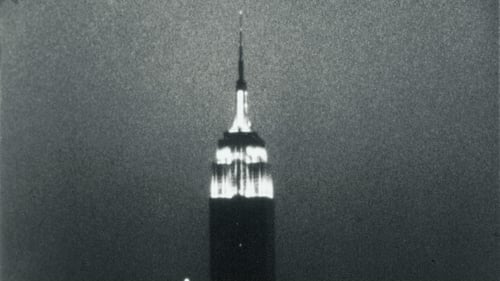
Experimental film consisting of a single static shot of the Empire State Building from early evening until nearly 3 am the next day.
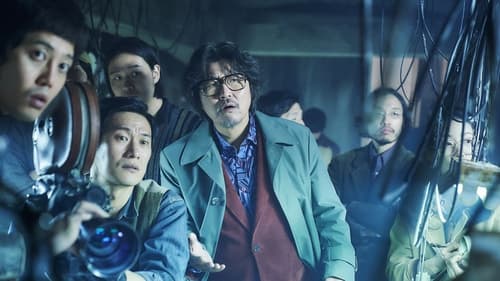
La trama se centrará en un director de cine obsesivo durante la década de los 70. Se conoce que habrá metacine y que la fotografía tendrá un toque experimental mezclando el blanco y negro con el color dentro de un mismo fotograma. Song Kang-ho e Im Soo-jung interpretarán personajes fuera de la película, y Jeon Yeo-been interpretará personajes en la película.

For this I used 3 different types of VHS static first, then I started messing with them, and when I was happy with the end result, I decided to shoot the whole thing on my monitor with my phone 3 different times, they're all shot in 720p 15 fps with varying shutter speeds. Then I superimposed the videos and exported the full project in 480p 400 kbps. The song is withoutu by SALEM. Obviously inspired by Stan Brakhage, got the inspiration to finish the project by watching the work of Audrey Robinovitz. Hope you get something out of this like I did :3
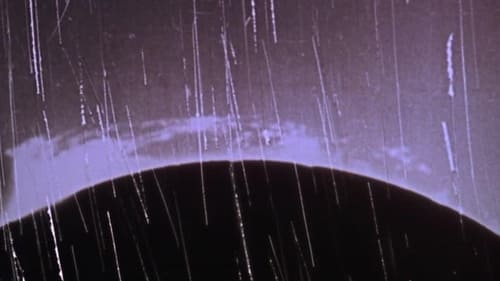
A creation myth realized in light, patterns, images superimposed, rapid cutting, and silence. A black screen, then streaks of light, then an explosion of color and squiggles and happenstance. Next, images of small circles emerge then of the Sun. Images of our Earth appear, woods, a part of a body, a nude woman perhaps giving birth. Imagery evokes movement across time. Part of the Dog Star Man series of experimental films.

Like at the New Year’s Eve, showers of colourful light cut through the darkness. While fireworks dissolve into nothing after a thunderous sound, shattered glass leaves material artifact. Sharp pieces then become a reminder of the real track that fireworks leave in the sky.

A poetic story of a proletarian couple’s relationship during the years of economic crisis and unemployment – of all the films directed by E. F. Burian, the film Chceme žít (We Want to Live, 1949) is probably his worst. The intention to create a powerful work of cinema that would combine modern means of expression with the ideological canons of socialist realism failed completely. Ježek and Tarnovski discovered these „shambles“ and tried to rebuild a structure out of the hopelessness and futility of life. Ježek has photochemically “transcribed” selected passages with the greatest possible degree of humility towards the work of the great avant-gardist, Tarnovski similarly makes the soundtrack visible. The improvised encounter of sound and image in dialogic mode can lead to various misunderstandings resulting in ambiguous compromise.

Unable to sleep, Mamadou begins to walk nonstop.

This one is a collage of Hollywood melodramas of the 1950s and 1960s, filmed directly from the television set. The constantly recurring motifs of suspense and clichés of plot make it possible to move seamlessly among scenes from different films with different protagonists: uneasy sleep, getting up, listening at the door, turning on the lights, being startled, etc. In the montage, the movements and gestures of the actresses – stars like Lana Turner, Tippi Hedren, and Grace Kelly– seem choreographed and planned for each other. The soundtrack supports this effect with connecting passages of sound that imitate the stereotypes of the genre. The treatment concentrates the dramatic shift from the familiar to the eerie and shows how women become the victims of the voyeuristic glance of film.

Starting in the late 1930s, illustrator and experimental animator Douglass Crockwell created a series of short abstract animated films at his home in Glen Falls, New York. The films offered Crockwell a chance to experiment with various unorthodox animation techniques such as adding and removing non-drying paint on glass frame-by-frame, squeezing paint between two sheets of glass, and finger painting. The individual films created over a nine-year period were then stitched together for presentation, forming a nonsensical relationship that only highlights the abstract qualities of the images. —Kansas City Electronic Music and Arts Alliance
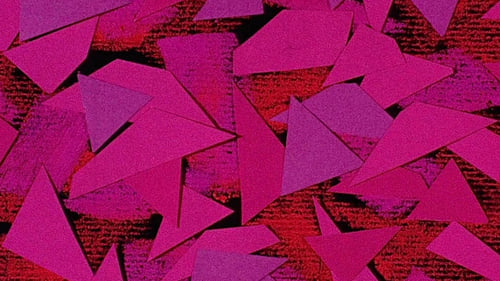
An abstract animated film inspired by the work of jazz musician Chico Hamilton.

An experimental short film by Walerian Borowczyk and Jan Lenica.













